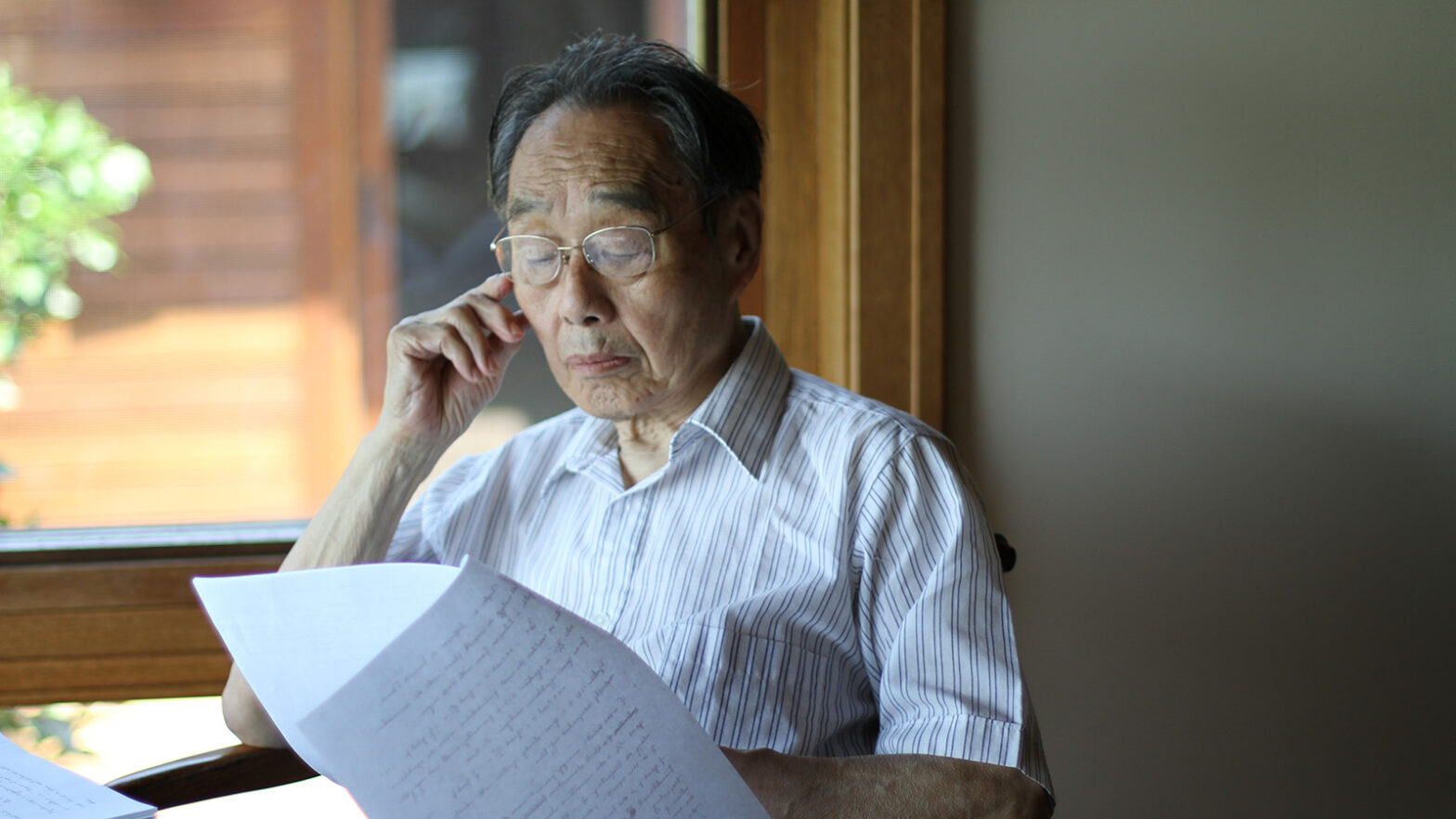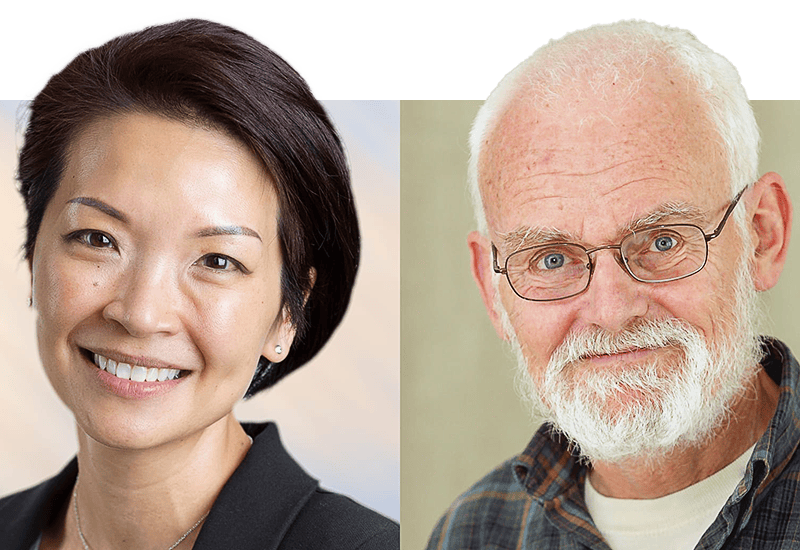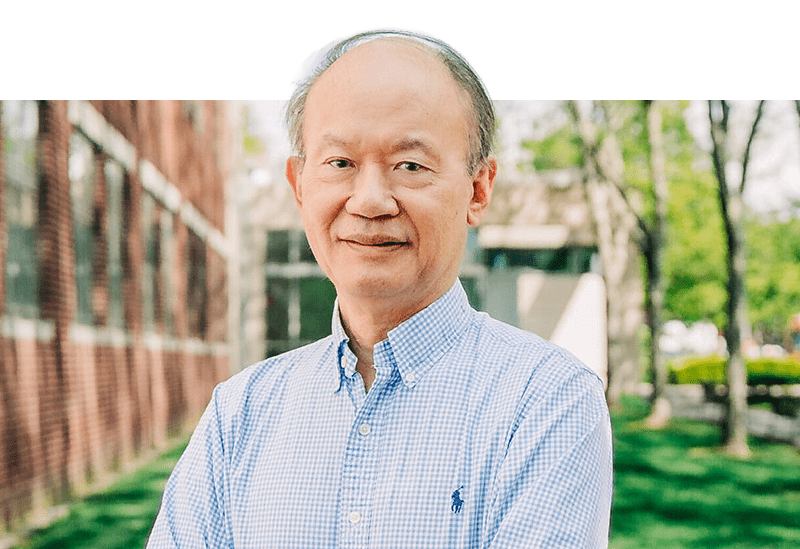
Professorship honors quest to solve the problem of turbulence
By
on
Turbulence jostles a rough flight, mixes rivulets in a stream, billows smoke into mysterious swirls. Though ubiquitous in nature and technology, these chaotic movements of fluids have defied thorough scientific description for centuries.
The late Sin-I Cheng, a long-time professor of mechanical and aerospace engineering, studied turbulence with a patient passion. As a researcher who specialized in fluid dynamics, Cheng was fueled by this phenomenon of disruption. He brought clarity and rigor to the irregular and chaotic, always working and re-working toward a deeper understanding.
His first focus was instability of flight. As the United States entered the space race in the 1950s, Cheng pioneered the math that gave engineers the assurance that the burning of fuel would propel – not explode – a rocket. But his lifelong quest was much broader: to find an analytical theory of turbulence, to understand and predict it.
“Everything in life is some form of chaos presenting itself to us,” said Irene T. Cheng, one of Cheng’s four children. “In his quiet way, he always believed in that, and he would look at all facets of life through that lens, seeking order where there was none apparent.”
Cheng recently made a gift to name a professorship in engineering in honor of her father, who was a faculty member at Princeton for over four decades. He died of cancer in 2011, at the age of 89.
“My father had a deep commitment to the power of the intellect,” said Cheng. It was this ethos – this “take a chance” culture at Princeton, she said, that her father found so valuable and embracing. “He would never have dreamed of being anywhere else, doing anything else,” she said.
At home and in the classroom, Professor Cheng delighted in following a thought as far as it could go, exploring all paths without judgment. There was a lightness to him, she remembers, yet he maintained a wholly rigorous approach. A more “robust” answer might be hiding at the end of a “zig-zag line,” Irene said, no matter how long that might take. “He cared only about finding an answer, or even the answer, if you can be so lucky.”
Modeling Chaos, Embracing the Unknown

Cheng’s lifelong quest was to develop a theoretical and deterministic solution to turbulence, which physicists famously call “the most important unsolved problem in classical physics” (in a quote variously attributed to Richard Feynman, Arnold Sommerfeld, Werner Heisenberg or Albert Einstein). After five centuries of study, it’s still an open question: no complete description of the phenomenon exists.
Leonardo da Vinci’s first illustrations of turbulent water have inspired mathematicians, physicists, and engineers alike to take up the challenge, with wide-ranging applications. Fluid movement often is turbulent. An entirely laminar pattern – a pristine, separately layered flow, like a perfectly smooth trickle of water through a pipe – is rare.
Cheng’s approach was ambitious. He believed the problem of turbulence could be solved with a mathematical model, like the equations that predict how an apple falls, or a ball bounces. Rather than simply simulating the effects of turbulence, he built his hypothesis from first principles.
Yet Cheng also embraced the ephemeral beauty of his subject. His Analytical Theory of Turbulence (2014), published posthumously, includes a selection of Cheng’s poetry, penned originally in Chinese. It includes a translated excerpt:
Well, a life is just a
tiny branch of a chaotic system
of a well posed set of initial boundary data
– an accident?!
A belief in coherence fueled him. Cheng argued that within randomness, there is order – if only briefly.
The Gift of Unfettered Exploration
Most of all, Irene Cheng remembers her father’s enthusiasm and curiosity. “He led with questions,” she said.
One afternoon, her father asked a grandchild, no older than seven: “How many hairs are on your head?” It was his way, she said, of inspiring wonder and deep thinking.
He encouraged students of all ages to delight in and embrace questions that seem impossible, to switch perspectives, re-examine assumptions, or break them down into simpler pieces that might yield powerful answers.
“He was all about training how to think, and what it means to think,” Cheng said.
Her father’s time at Princeton offered him a unique opportunity to pursue that approach, she said, and to commit to a long career of creative and rigorous study.
“They were willing to make a bet on him, a clearly brilliant but otherwise unknown student from war-torn China. They made him feel at home, and gave him freedom to spend a lifetime going against accepted wisdom,” she said.
Born in a small town outside Changzhou, China, Cheng grew up amid the turbulence of the Second Sino-Japanese war and impending revolution. He won the top score in the nation’s college entrance exams, and earned a bachelor’s degree from Jiao Tong University in Shanghai. He was one of two students in China to win a scholarship for graduate studies abroad in aerodynamics, and chose the University of Michigan, where he graduated with a master’s degree in 1949. The same year, he won the Daniel and Florence Guggenheim Jet Propulsion Fellowship to attend Princeton, and began his doctoral work. After earning a Ph.D. in 1952, Cheng stayed at Princeton, and was awarded tenure in 1957, with the rank of full professor in 1960.
Cheng said she hopes her gift to Princeton will build on that legacy, especially for scholars who are committed to tackling “big, long-term problems.” “It’s about not being held back by convention or the short-term, and instead opening up what’s possible.”






